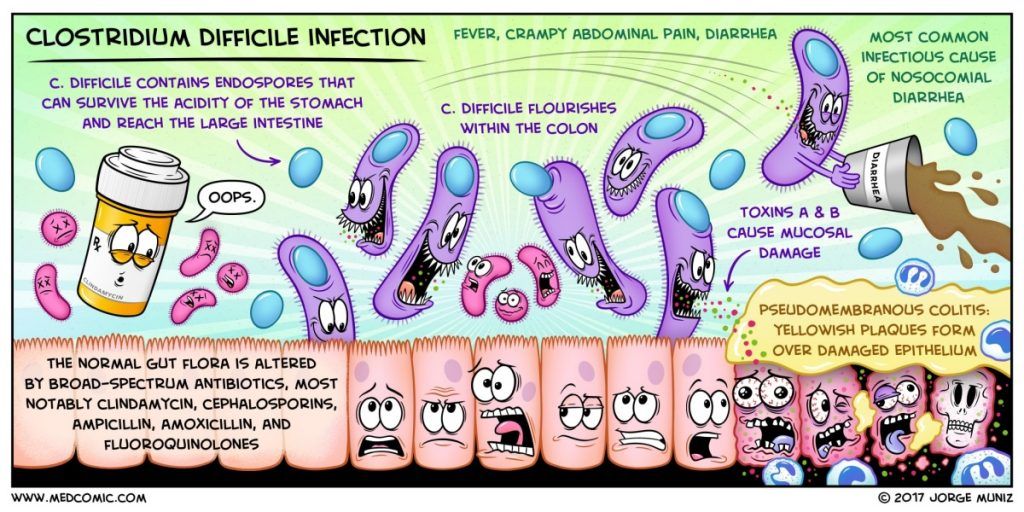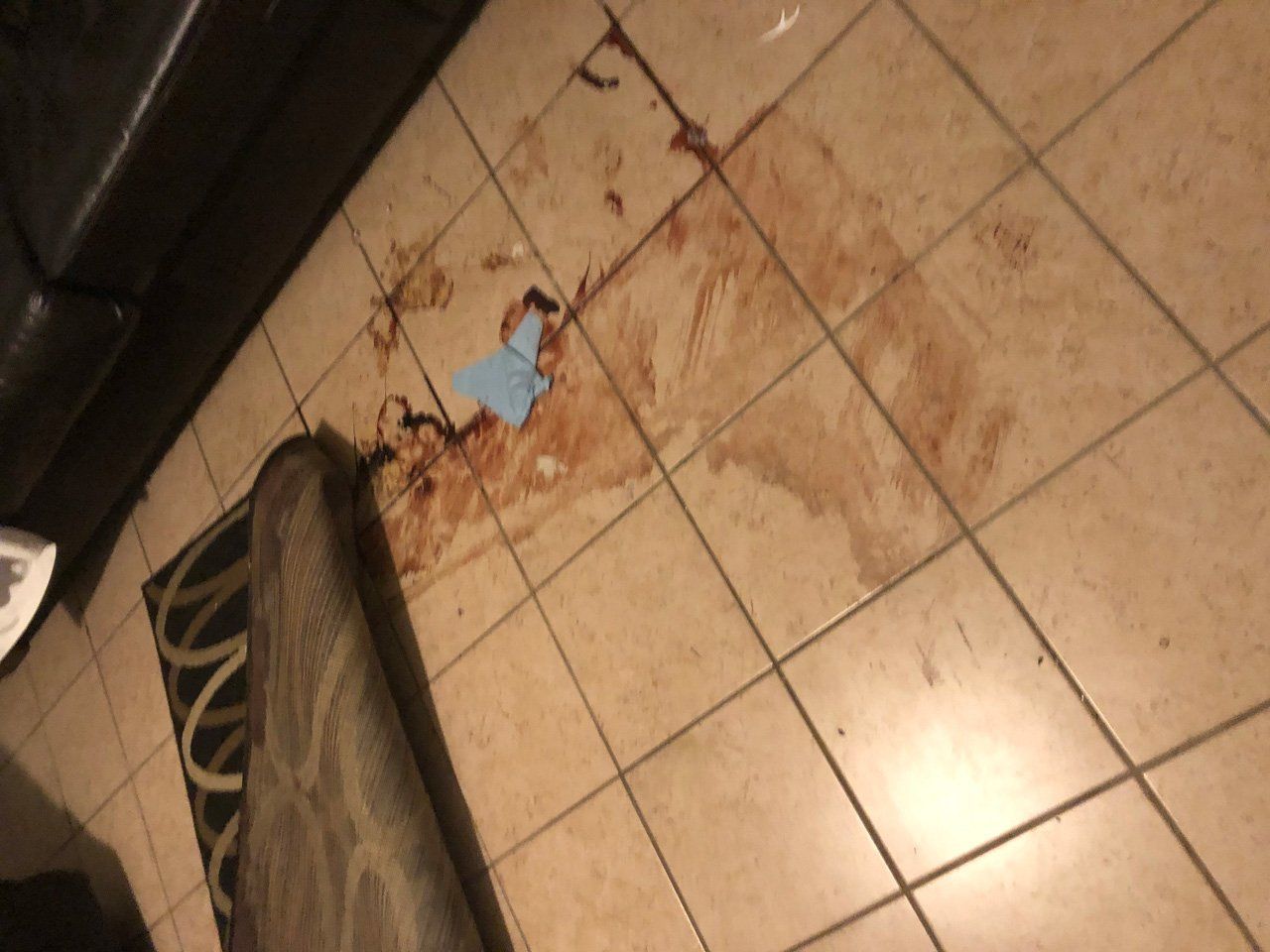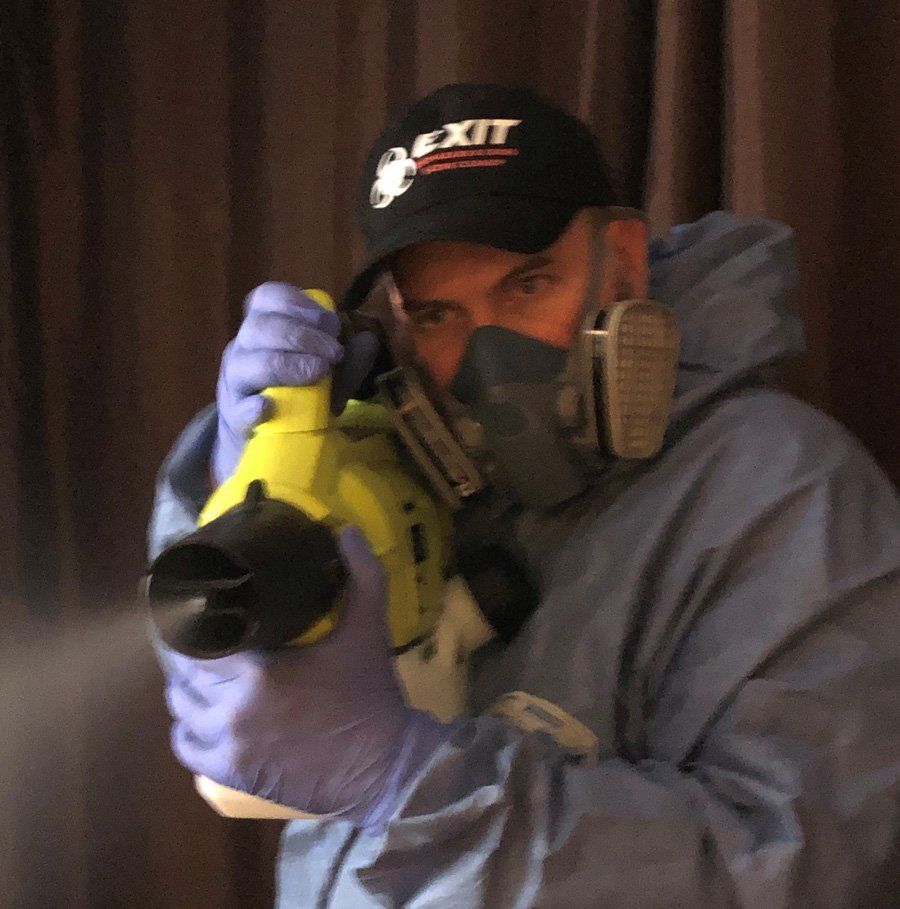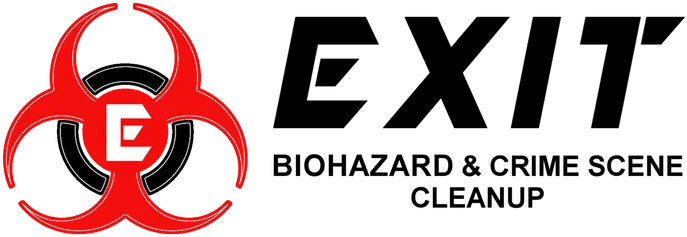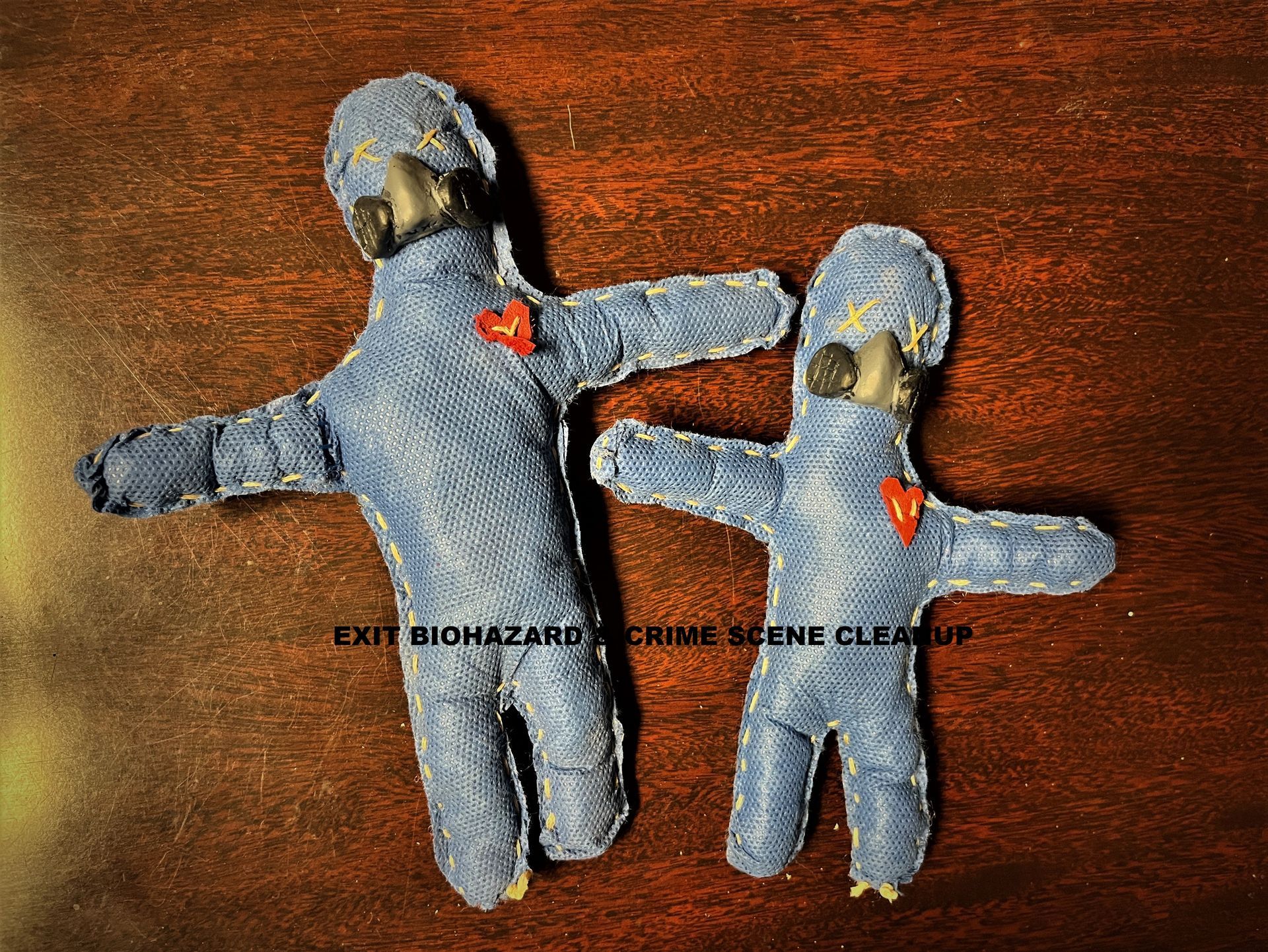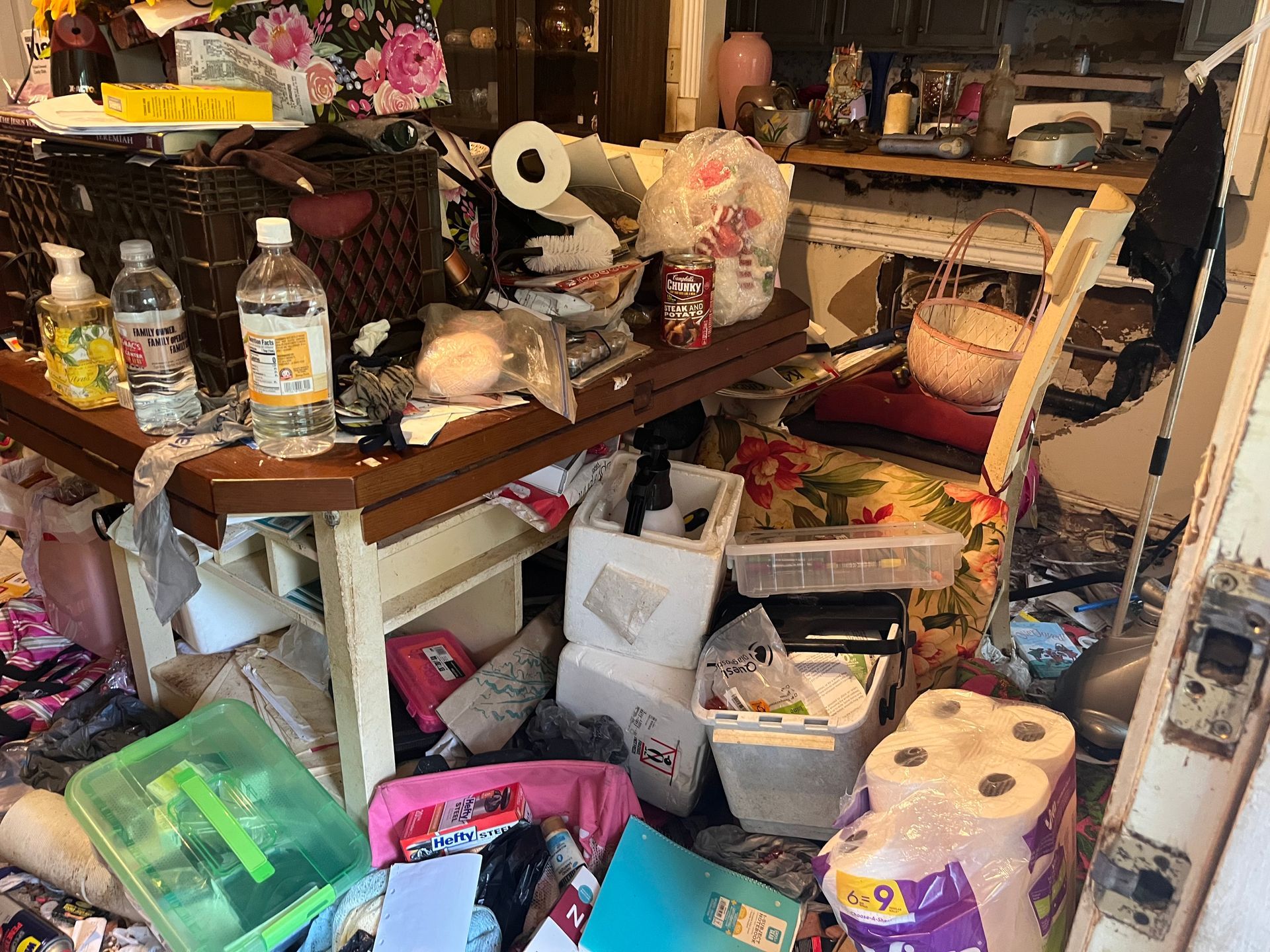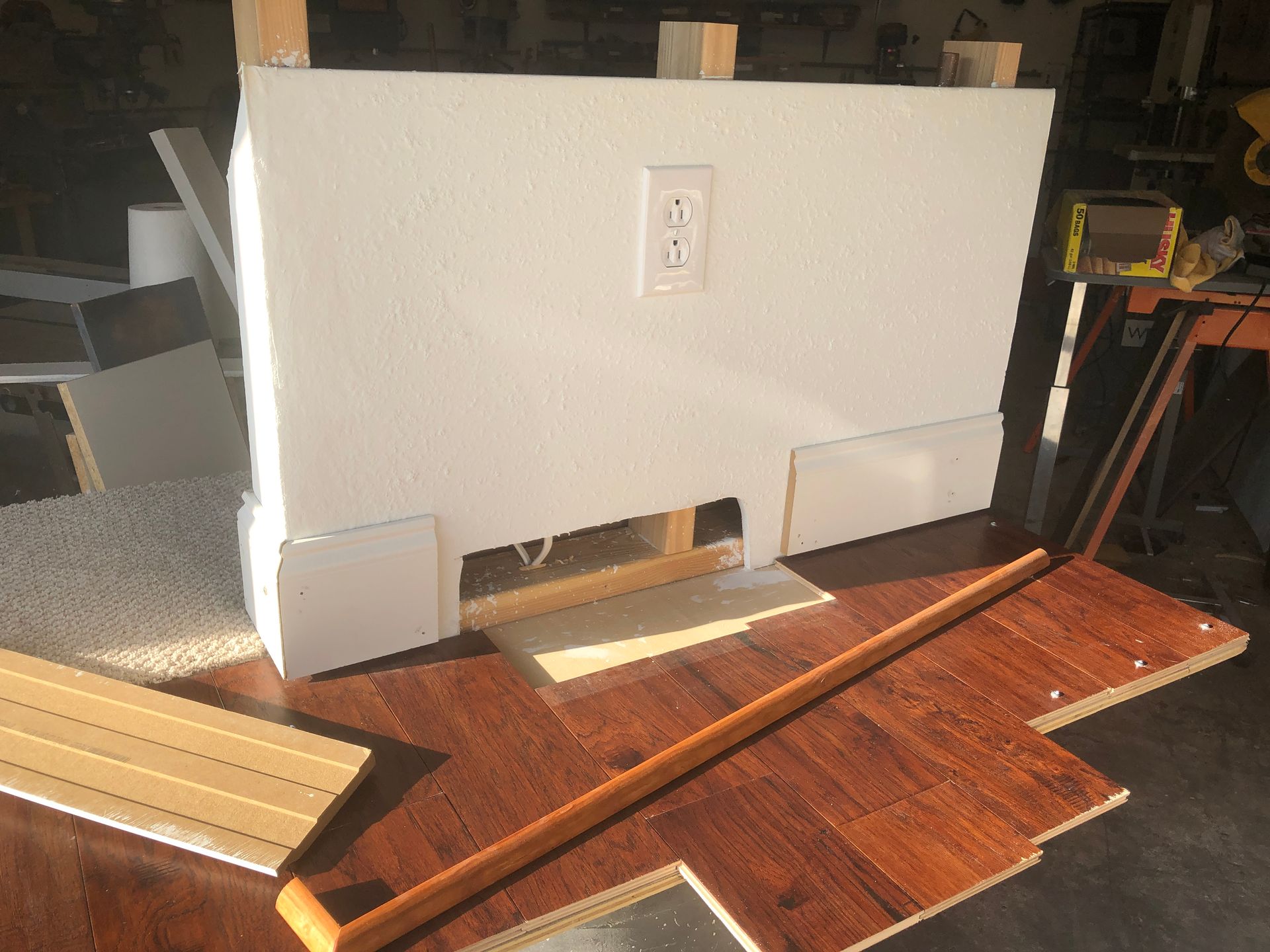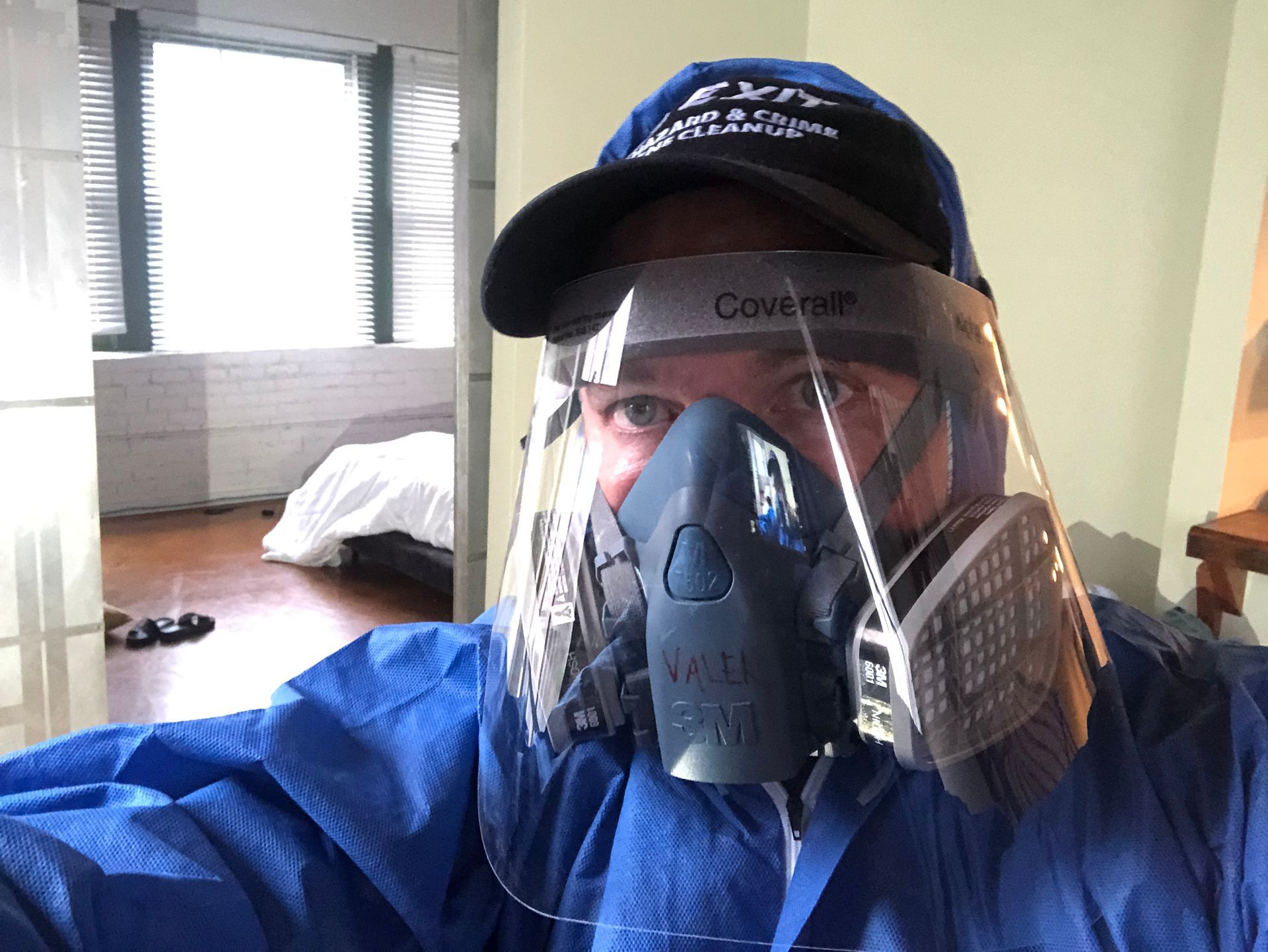6 Examples of Biohazards
Biohazards we deal with
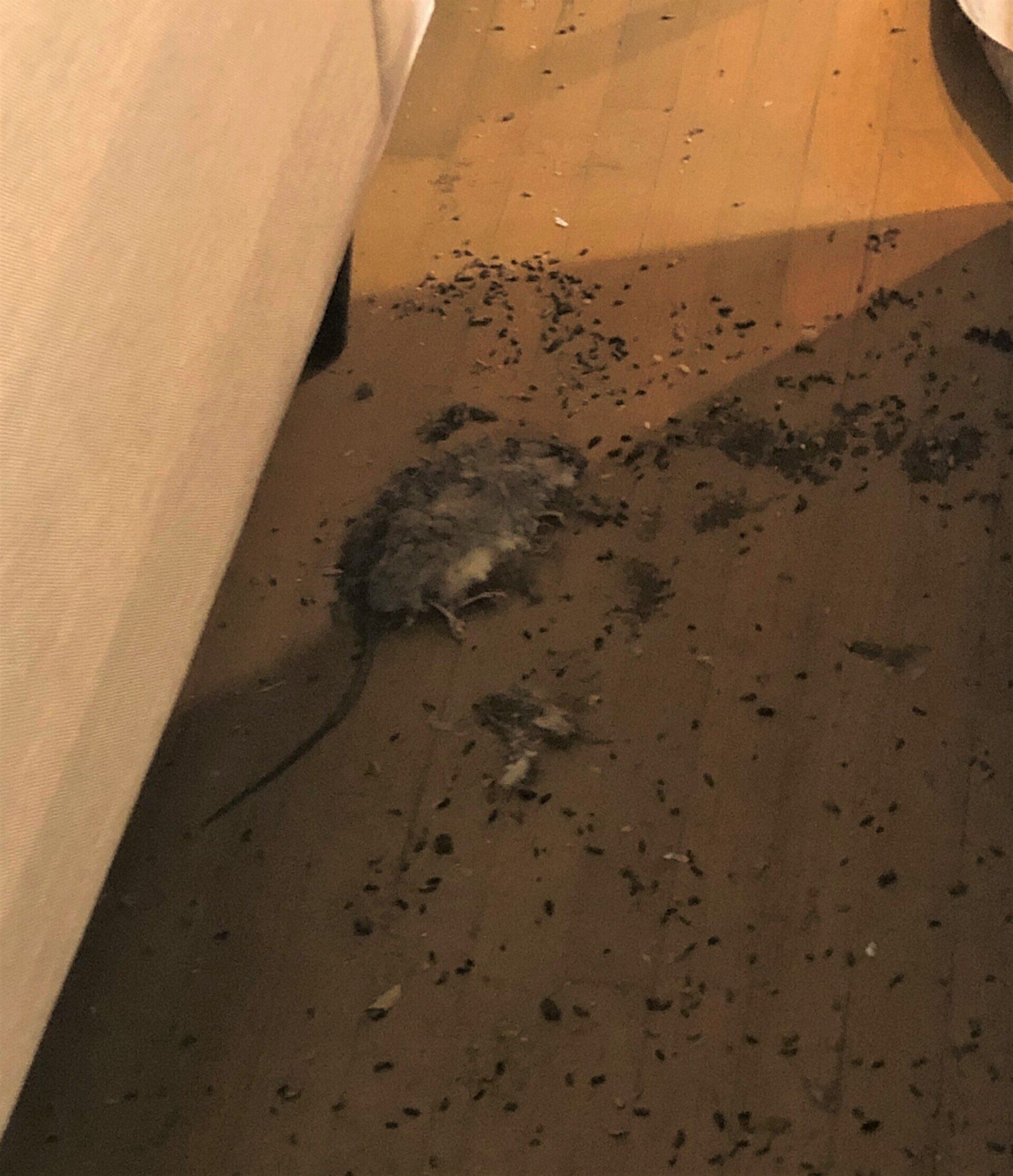
If you have a Biohazard issue or have questions please call Exit Biohazard Cleanup for 24-7 service.
So what is a biohazard?
The term biohazard or ( Bio Hazard ) refers to any biological materials such as plants, microorganisms, animals, or their byproducts, that pose a threat to the health of living organisms. We actually come into contact with them often. The Covid Pandemic has made us all more aware of what a Biohazard is and how to protect yourself but that is just the tip of the iceberg.
A potential biohazard can be found anywhere as you make your way through the day – it could be something in your home, at your job, in a classroom, or even in a hospital or doctors office. If you encounter something you suspect is a biohazard then take care and extreme caution. Some of these things can cause minor issues from headaches and stomach issues to a much more serious situation including diseases and death. And these could be spread to others in some cases so always treat these situations with caution and call in experts to help you like Exit Cleanup, its what we do daily.
What are some biohazard examples?
1. Human bodily fluids. Semen, cerebrospinal fluid, pleural fluid, vaginal secretions, pericardial fluid, amniotic fluid, saliva, and peritoneal fluid. (Example: Bodily fluids such as saliva can transmit the Corona virus, Mononucleosis or countless other diseases. And other bodily fluids can also spread many diseases) Proper cleaning and Professional Disinfection Services are a good way to prevent the spread of these diseases.
2. Human blood and blood products. In our business this is the most common biohazard we deal with. From suicides and unattended deaths we generally cleanup blood from the scenes. This includes items that have been contaminated with blood and other bodily fluids or tissues that contain visible blood. (Example: Blood may contain bloodborne pathogens such as HIV or AIDS) This is why proper PPE and Professional training is so important.
3. Animal Waste. This includes everything from carcasses, body parts, meat or products made from meat as well as any bedding material used by animals that are known to be infected with pathogenic organisms and also animal feces.
(Example: a common call we get is for rat poop cleanup or rat feces, or sometimes bat poop or other animal droppings, Rat Feces can carry the deadly Hantavirus . Or something as simple and common as Meat and animal fluids can contain E.coli, Salmonella or even Mad Cow Disease known as BSE. )Again, its important to handle these items properly with PPE and Properly dispose of contaminated items and properly sanitize the area . That's when you call Exit Cleanup
4. Regulated Medical Waste. Or sometimes it can be referred to as Pathological waste such as human tissue, organs or surgical specimens such as biopsy materials or bodily fluids from medical procedures or autopsies. This term also includes Materials form Veterinarian clinics and Hospitals. Some of these materials may have unknown biohazard issues and must always be destroyed by professional medical waste services.
5. Microbiological wastes. These are the things you see in movies that contain all of the deadliest of diseases. Common in a laboratory these would include specimen cultures, disposable culture dishes or Peetree dishes , discarded viruses, and devices used to transfer or mix cultures. Basically anything that touched or contained spores, germs, molds, viruses or cultures. Depending on what these contained, these could lead to a serious outbreak of a contagious disease like we had with the corona virus escaping the laboratory in China. That was a real like example of a biohazard getting out into the public.
6. Sharps waste. Typically Needles, glass slides and cover slips, scalpels, and IV tubing that has the needle attached, and more. In the crime scene cleanup industry it also refers to broken glass that may contain blood or bodily fluids or anything sharp that may be contaminated but cant be thrown in our general medical waste boxes.
Biohazard Safety Levels with Examples
There are 4 levels of biohazards, according to the Center for Disease Control:
Biohazard Level 1: " Level one" is the lowest level of biosafety and applies to agents that pose minimal threat and do not consistently cause illness in healthy adults. Research in these labs does not usually require specialty containment equipment and the labs themselves do not have to be isolated from the general building. Standard microbiology practices are usually sufficient to achieve successful containment. These include the use of mechanical pipetting, safe sharps handling, careful handling of substances, and thorough housekeeping.
Decontamination of work surfaces, spills, and materials are all important. Standard personal protective equipment such as lab coats, gloves, and eye protection are sufficient. In general, Agents that pose minimal threat to humans and the environment., Examples include E. coli, Bacillus subtilis, and Naegleria gruberi.
Biohazard Level 2: The "second biosafety level" covers labs that are working with agents associated with human disease. This includes pathogens or infectious organisms that pose a hazard to human health, such as equine encephalitis and HIV. Often, level two labs have a bigger focus on careful handling to avoid any injury that pierces the skin, as well as avoiding ingestion or mucus membrane exposure to contaminants.
An eyebath station should also be available. Cautious handling of sharps and puncture-resistant sharps containers are also mandatory. Labs with level two ratings should have a biosafety manual detailing required immunization and whether serum banking is required to protect staff. A biosafety cabinet or equivalent device should be used for effective containment and an autoclave should be used for proper decontamination.
In General, Agents that can cause severe illness in humans and are transmitted through direct contact with infected material. Examples include HIV, hepatitis B, and salmonella.
Biohazard Level 3: "Biosafety level three" applies to labs working with agents that are strictly controlled and must be registered with the appropriate government agencies. Agents requiring level three biosafety are serious or lethal diseases that can be passed on through simple inhalation of particles or droplets. In addition to the safety procedures applicable at level two, more stringent access control and decontamination of waste processes apply. For example, lab clothing must be decontaminated prior to laundering within the lab facility.
Baseline serum samples should also be collected from all at-risk personnel. Solid-front wraparound gowns, scrub suits or overalls, and respirators are necessary. Access should be separate from general building corridors and incorporate self-closing double doors. Ventilation should provide ducted, directional airflow from a clean area, with no recirculation.
In general, Pathogens that can become airborne and cause serious diseases. Examples include tuberculosis and Coxiella burnetii.
Biohazard Level 4: This is the most serious and deadly of situations. These are Agents that pose a high risk of deadly disease require "level four" biosafety, to provide maximum protection and containment. This is what you see in the movies when they say there's an "outbreak", People running around in level a suits with oxygen tanks and the military's blocking the streets. But this does happen in real life so its important to know. In addition to the safety precautions required at biosafety level three, level four requires complete clothing change before entry to the lab, a shower on exit, and decontamination of all materials before leaving the facility. A Class III biological safety cabinet is required and the laboratory should be completely isolated from the main building. The lab should have dedicated supply and exhaust ventilation, with exhaust streams being filtered through high-efficiency particulate air filters. In general Pathogens that pose such a high risk of life-threatening disease for which there are no treatments. Examples include the Ebola virus and Lassa virus.
For the most part we only find ourselves facing the lower levels of biohazardous threats and if we all do our part we can stop the spread of these threats, but know when to call Exit Cleanup. We are dedicated and highly trained to deal with many of these circumstances. If you find yourself face to face with a potential biohazardous situation that is too big or too dangerous for you to handle on your own, call an expert. Exit Cleanup is a professional bioremediation company with years of experience in crime and trauma scene cleanup. Our technicians have handled blood cleanup, lab cleanup, animal waste and rancid meat issues, death scene cleaning and commercial sanitization and disinfection services for many crime scenes, accidents, deaths and contaminated buildings and properties of all kinds. Contact us today for more information and a free estimate.
